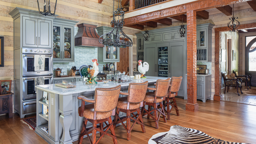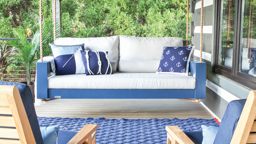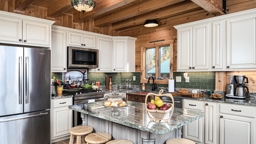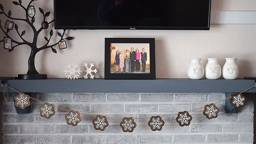For the better part of a year, my husband and I have been talking about tiling our kitchen. Our project has stalled because unlike paint, which can be changed on a whim, tile seems so much more permanent—and costly. Frankly, we're afraid to take the plunge, because with all the tile design options out there, we don't want to make the wrong decision.
And as Morwenna Brett, author of The Home Decorator's Tile Bible, will tell you, the tile universe has opened wide, including everything from glass, metal, cork—even leather—to its tried-and-true ceramic and porcelain repertoire. But fear not—she has some tips for incorporating successful tile design in a log home. And thanks to her advice, I think we finally may be ready to dive in.
KEEP IT SIMPLE. Sometimes a natural, neutral tile color is the most beautiful option for a log home and will never look boring or outdated.
MINIMIZE MIXING. According to Morwenna, when creating tile combinations (glazed ceramic with glass, tumbled stone with metallics), less is definitely more. Two distinct types of tile are enough to create interest. Don't be tempted to mix three or more different materials—the result could look messy.
CONSIDER THE IMPACT OF PATTERNS. In Morwenna's opinion, just about any tile pattern (see sidebar, right) is log home appropriate. Some designs, like "basket weave" and "pinwheel" impart country flair. Others, like "octagon with dot," can feel more retro. Combining patterns gives you more of an informal feeling than using a single pattern will. Or think about using some of the new materials, like metallic inserts, hand-painted accent tiles or leather squares in lieu of patterns to add interest.
DON'T CAUSE MOSAIC MAYHEM. There are two kinds of mosaics: a blend of small tiles in an array of colors and a pictorial mosaic, in which tiles combine to form a picture. In the case of the first, they're successful just about anywhere and work especially well on surfaces with a lot of changes in direction (like around bathroom fixtures). Pictorial mosaics have to be given a simpler treatment with lots of unadorned space around them so they don't look crammed.
DON'T FORGET ABOUT GROUT. Grout lines contribute greatly to the overall effect of a tiled surface. Large tiles require less grout; small tiles, more. Like tile, grout comes in an array of colors and can be used as a design feature.
SIZE MATTERS. Large format tiles can be used on the floor more successfully than on walls, because there's less cutting involved (no switch boxes, windows or doors to navigate). But large tiles also are less forgiving—they require a flatter surface than small-format tiles, which are better at following slight variations in level.
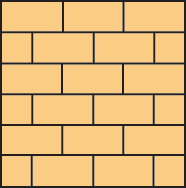 Brick-bond |
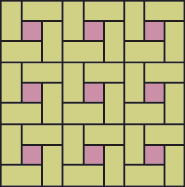 Pinwheel |
||||
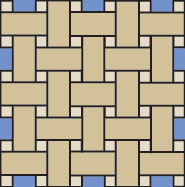 Basket Weave |
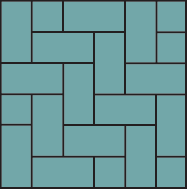 Herringbone |
||||
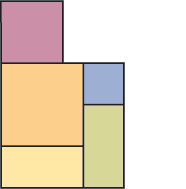 Tile Pavement (Opus Romana) |
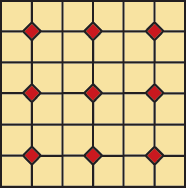 Squares with inserts |
||||
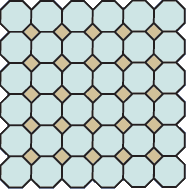 Octagon with dot |
|||||




